HI6007 Statistics and Research Methods Group Assignment
VerifiedAdded on 2022/11/13
|10
|734
|343
Homework Assignment
AI Summary
This document presents a comprehensive solution to a statistics assignment for the HI6007 course, focusing on statistical analysis and research methods in a business context. The assignment includes an analysis of Australian export data, utilizing pie charts and multiple bar graphs to illustrate export trends to various destinations, with a particular emphasis on the increasing share of China. It also incorporates a frequency table, histogram, and ogive to analyze umbrella sales data. Furthermore, the assignment delves into a regression analysis, exploring the relationship between retail turnover per capita and final consumption expenditure. The solution provides numerical summary statistics, correlation coefficients, regression output, and hypothesis testing to evaluate the significance of the slope coefficient, demonstrating the application of statistical techniques to real-world business scenarios. The document uses references from academic sources to support its findings.
1 out of 10
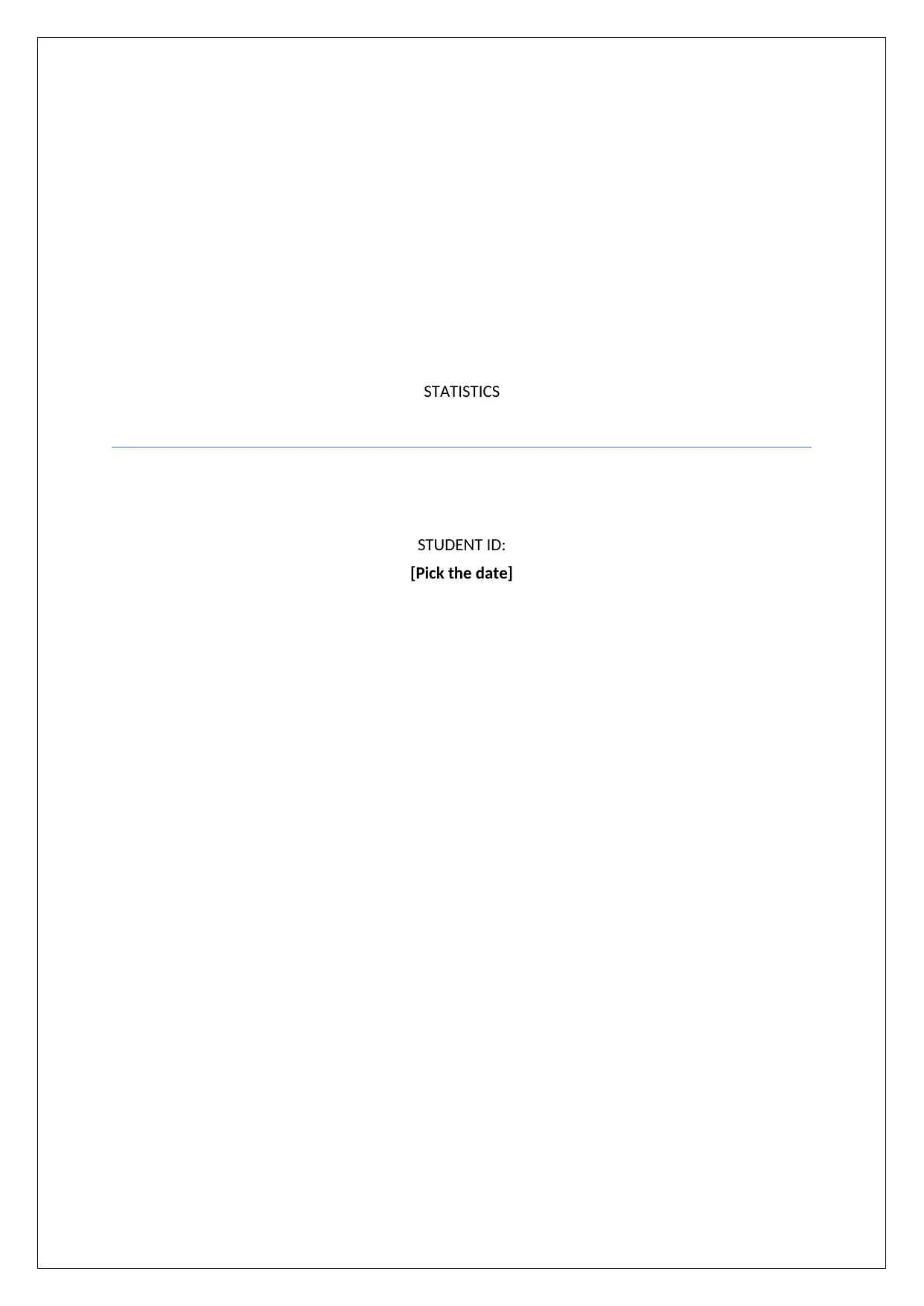
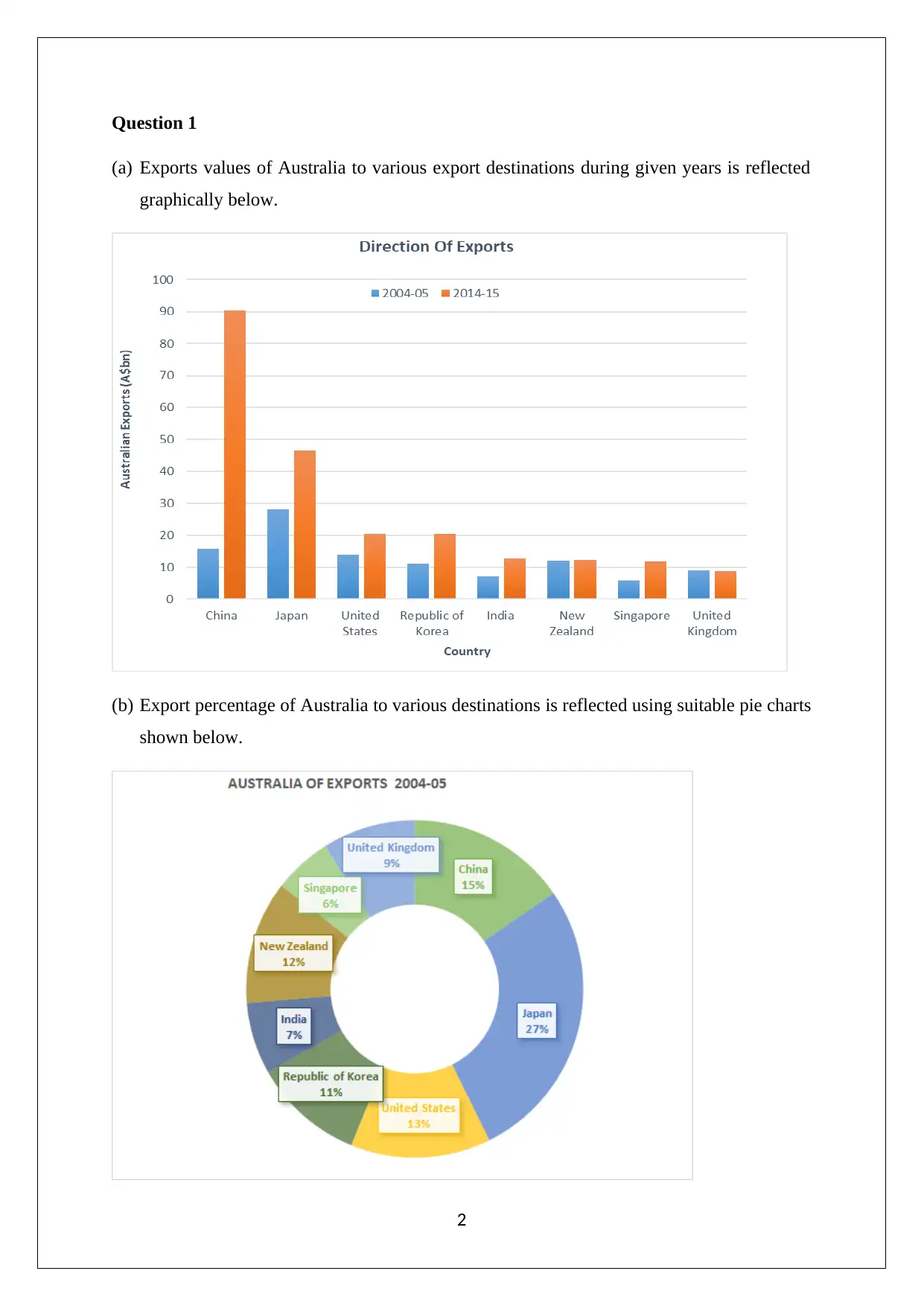
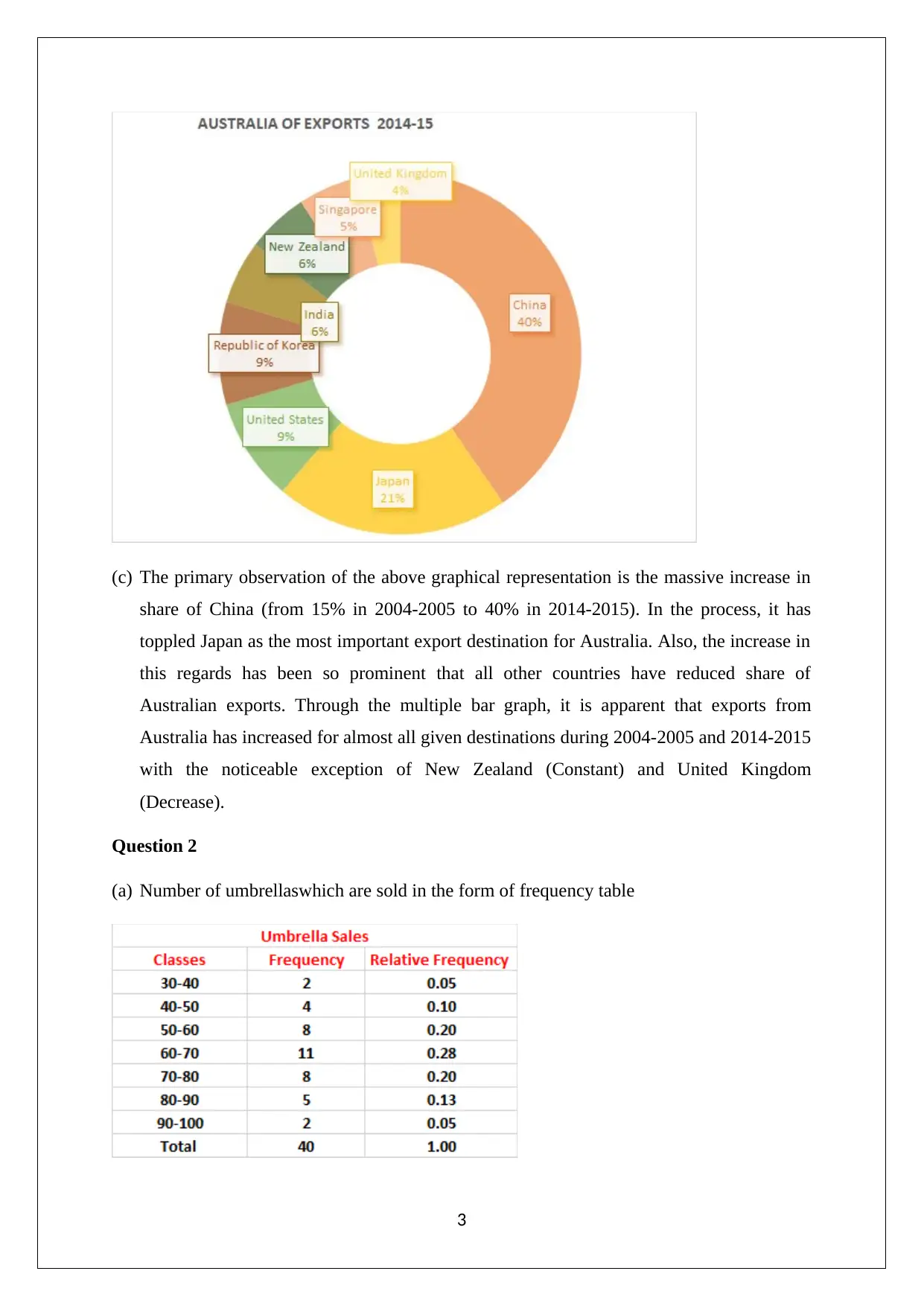

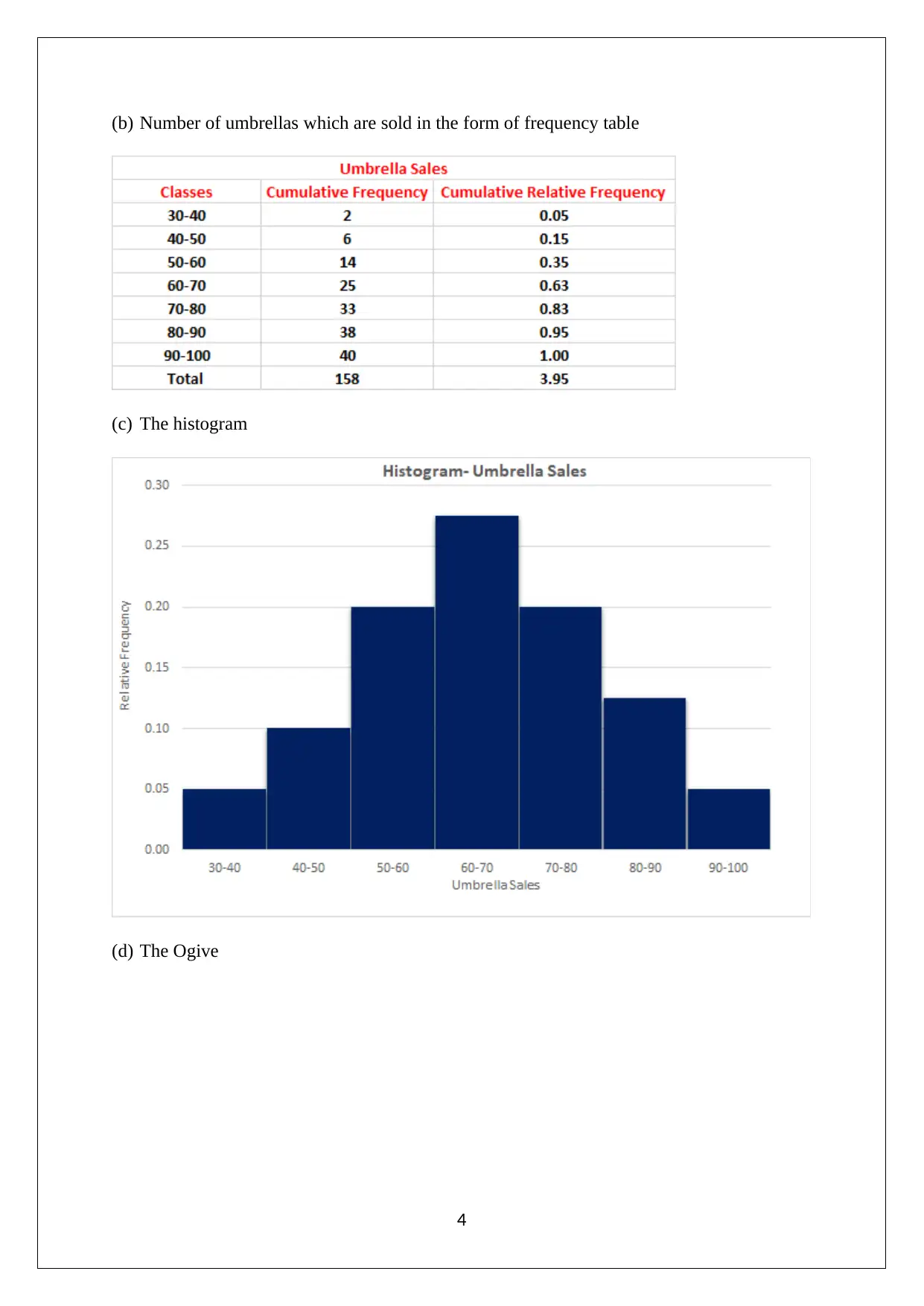
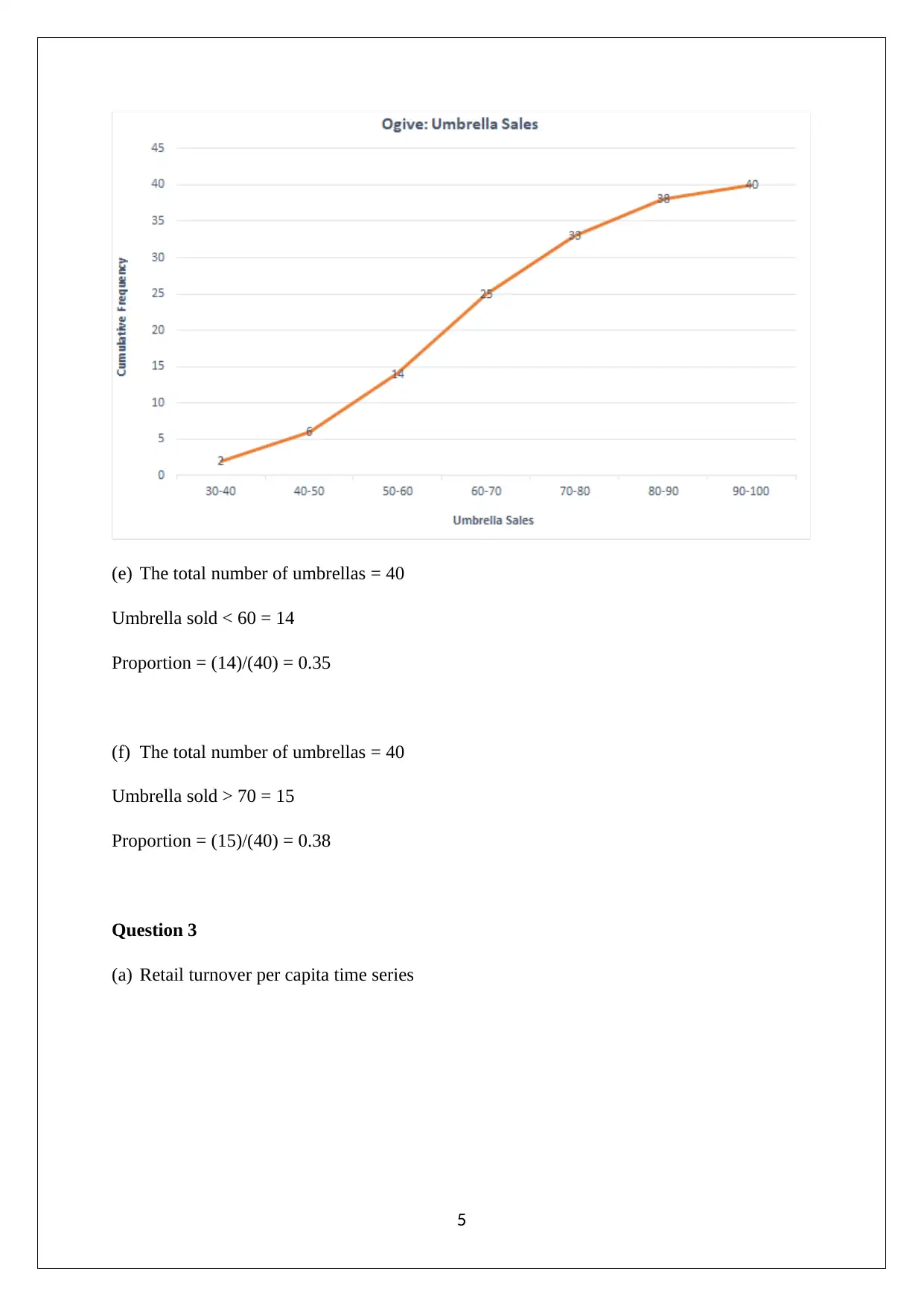

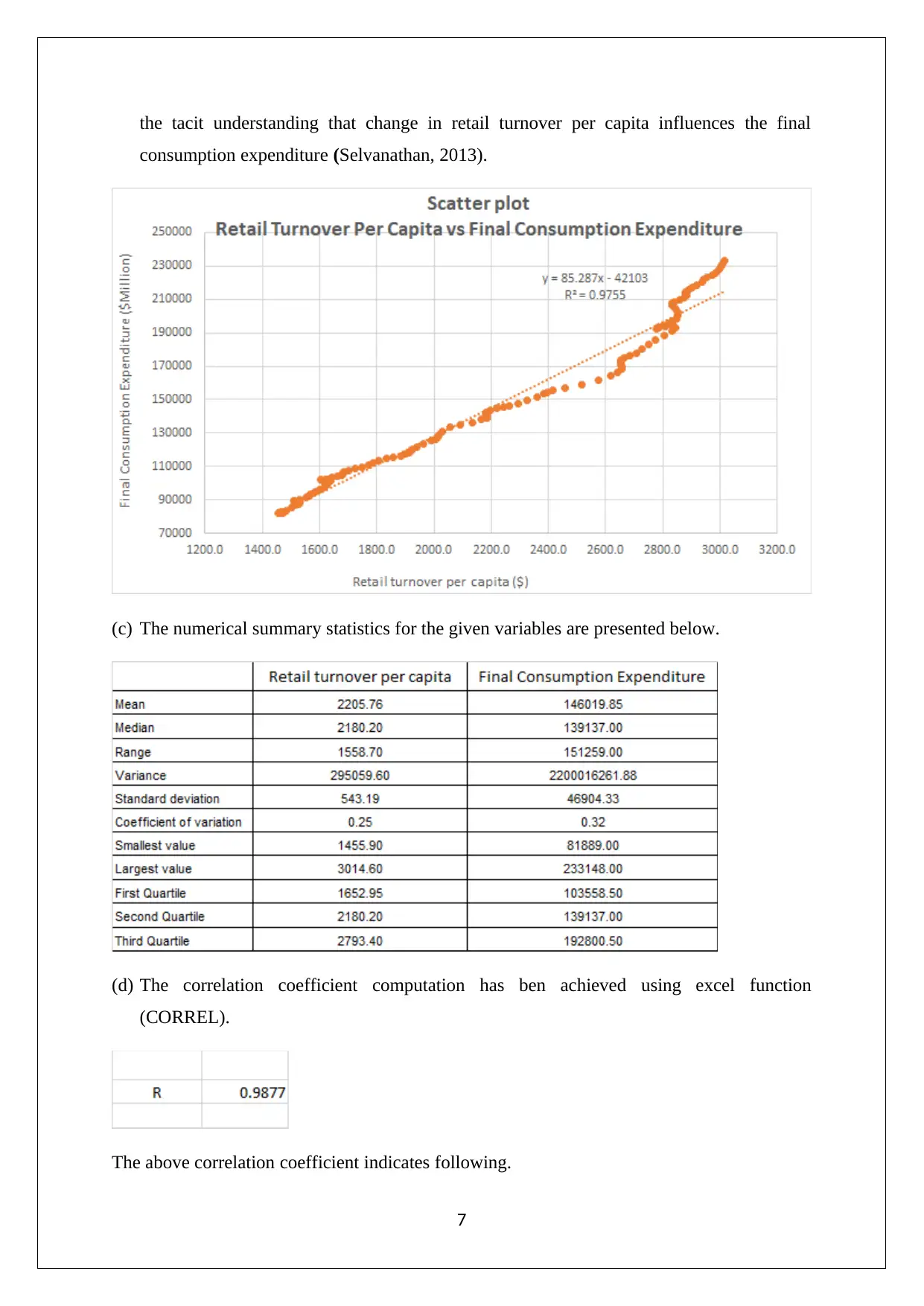

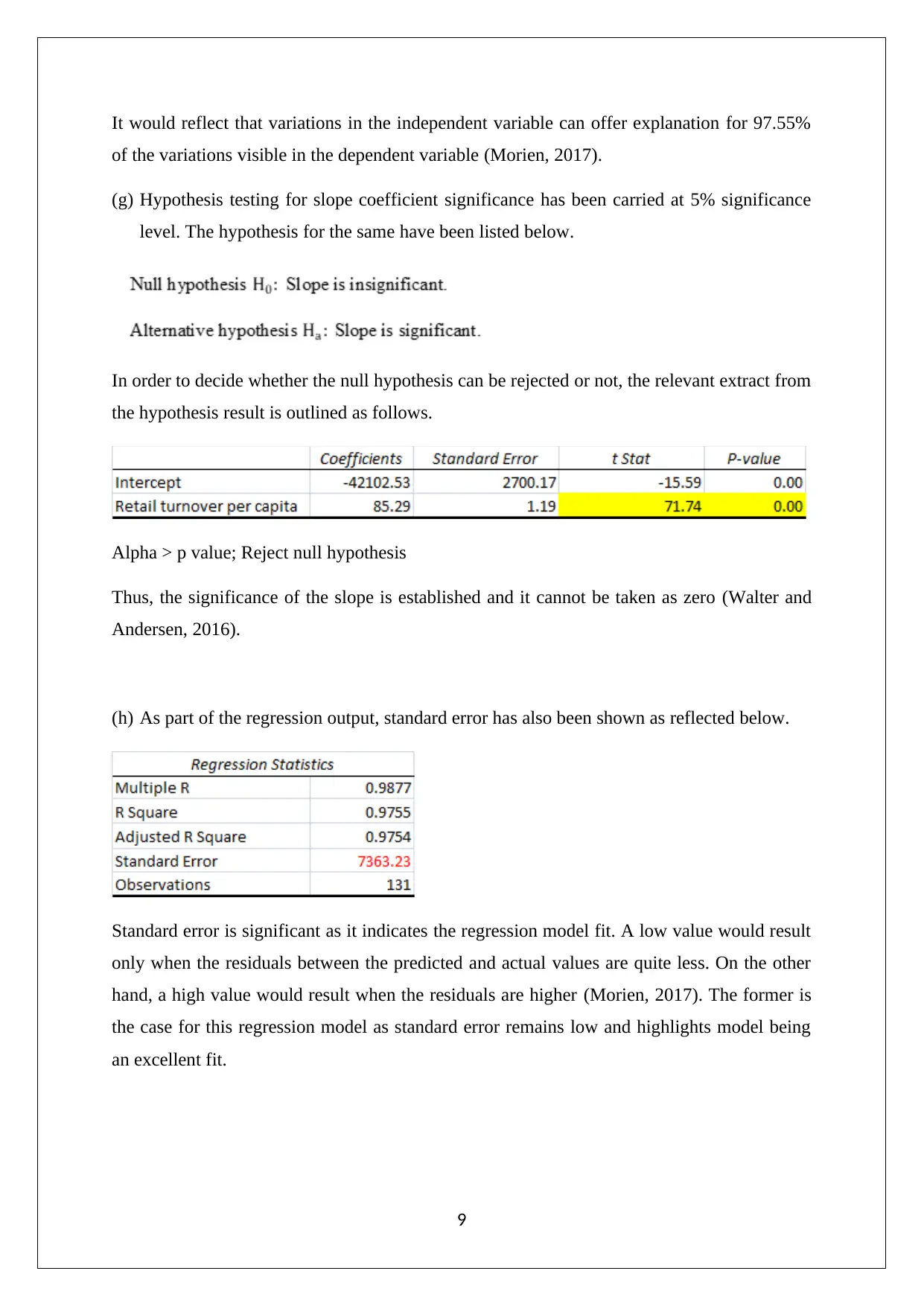
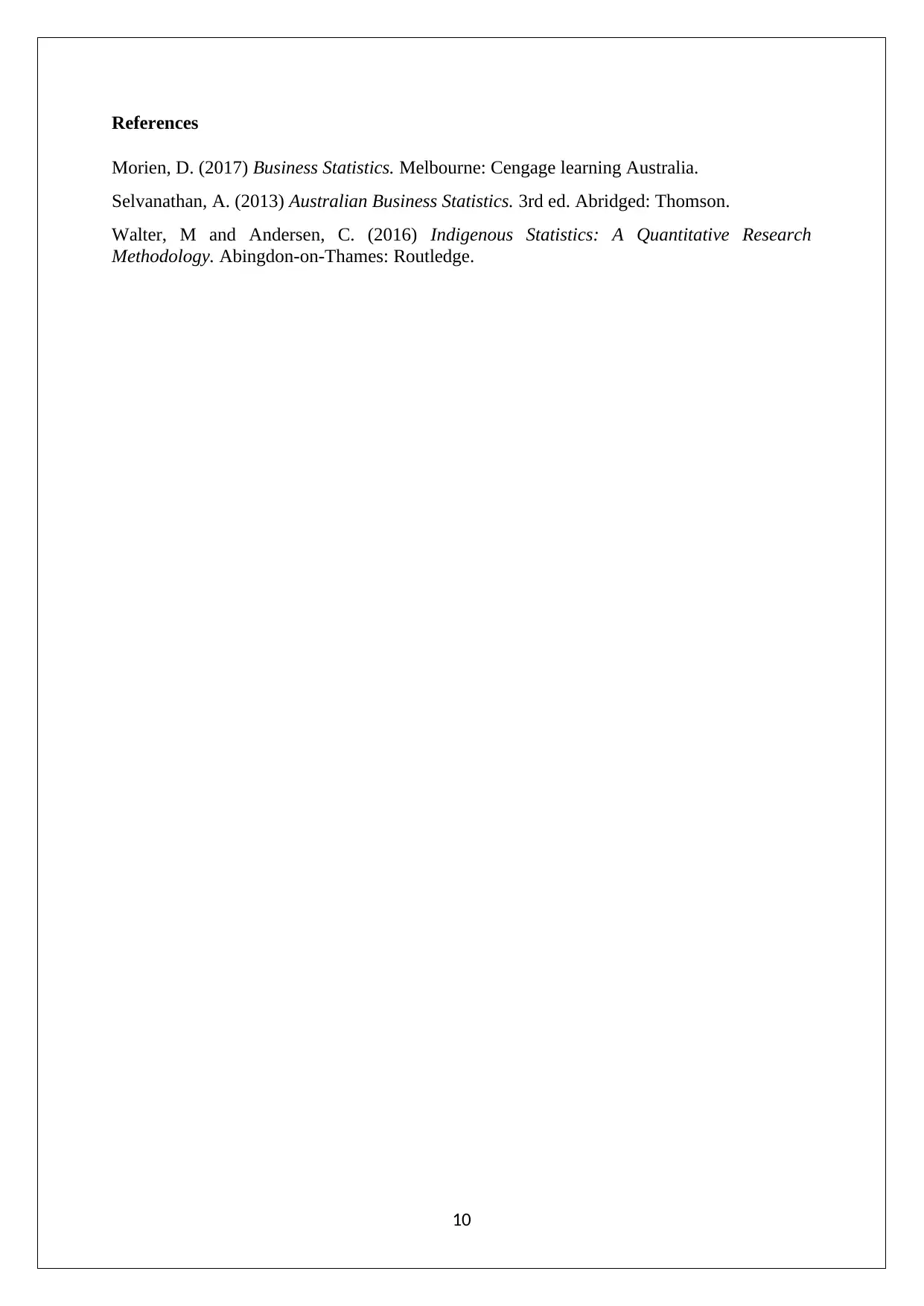






![[object Object]](/_next/static/media/star-bottom.7253800d.svg)